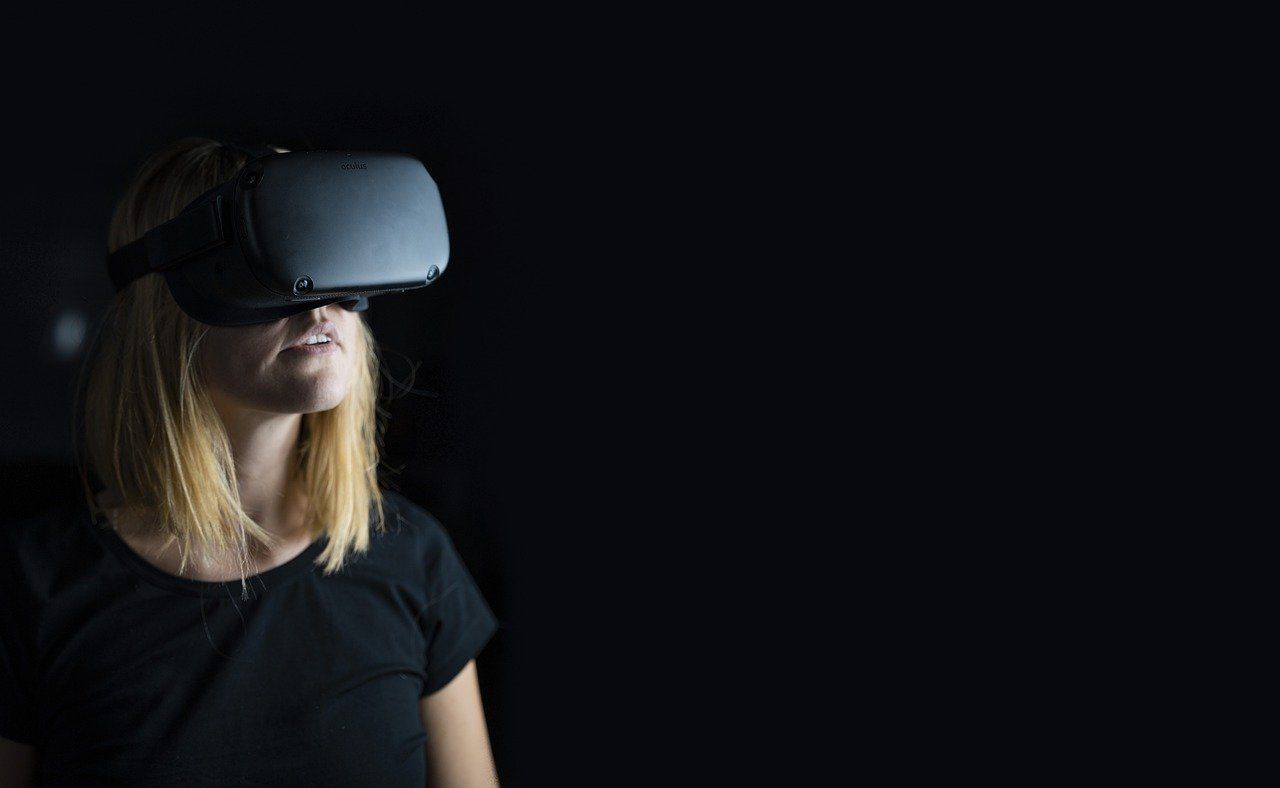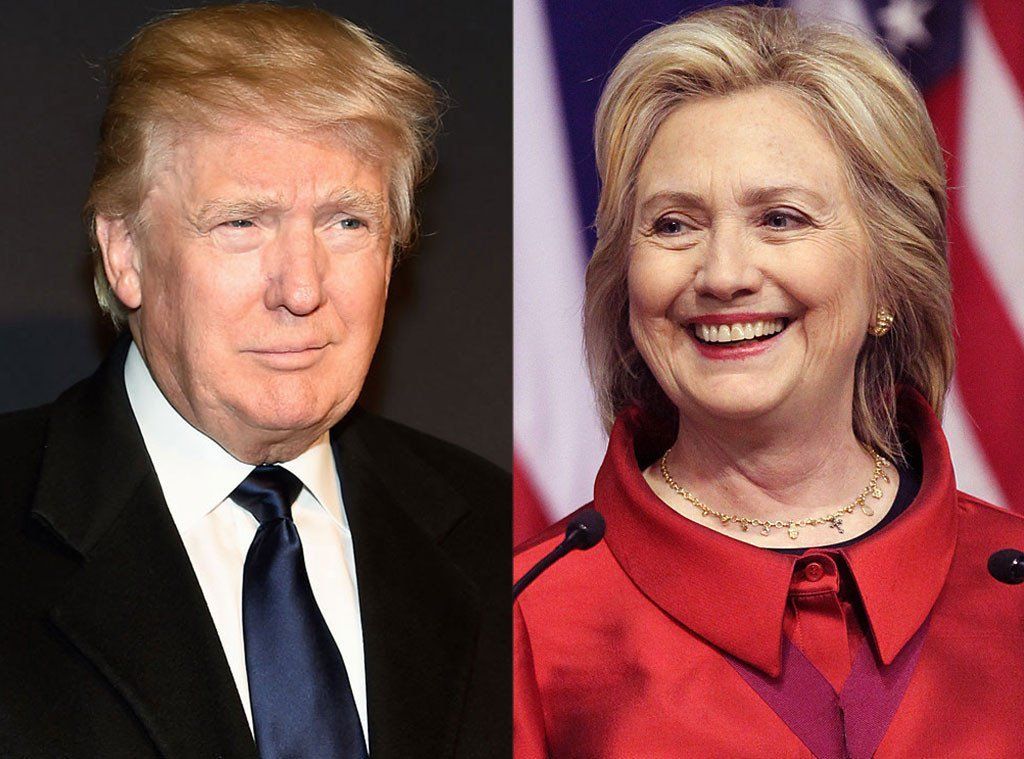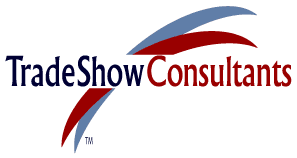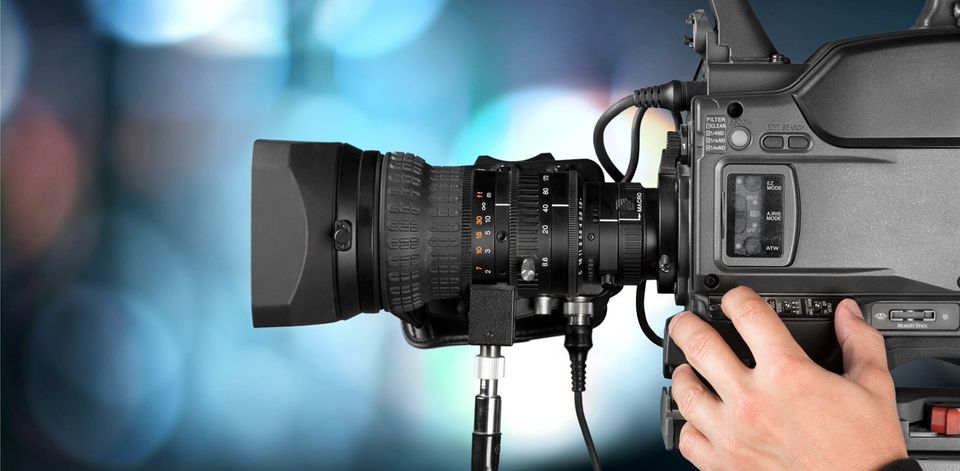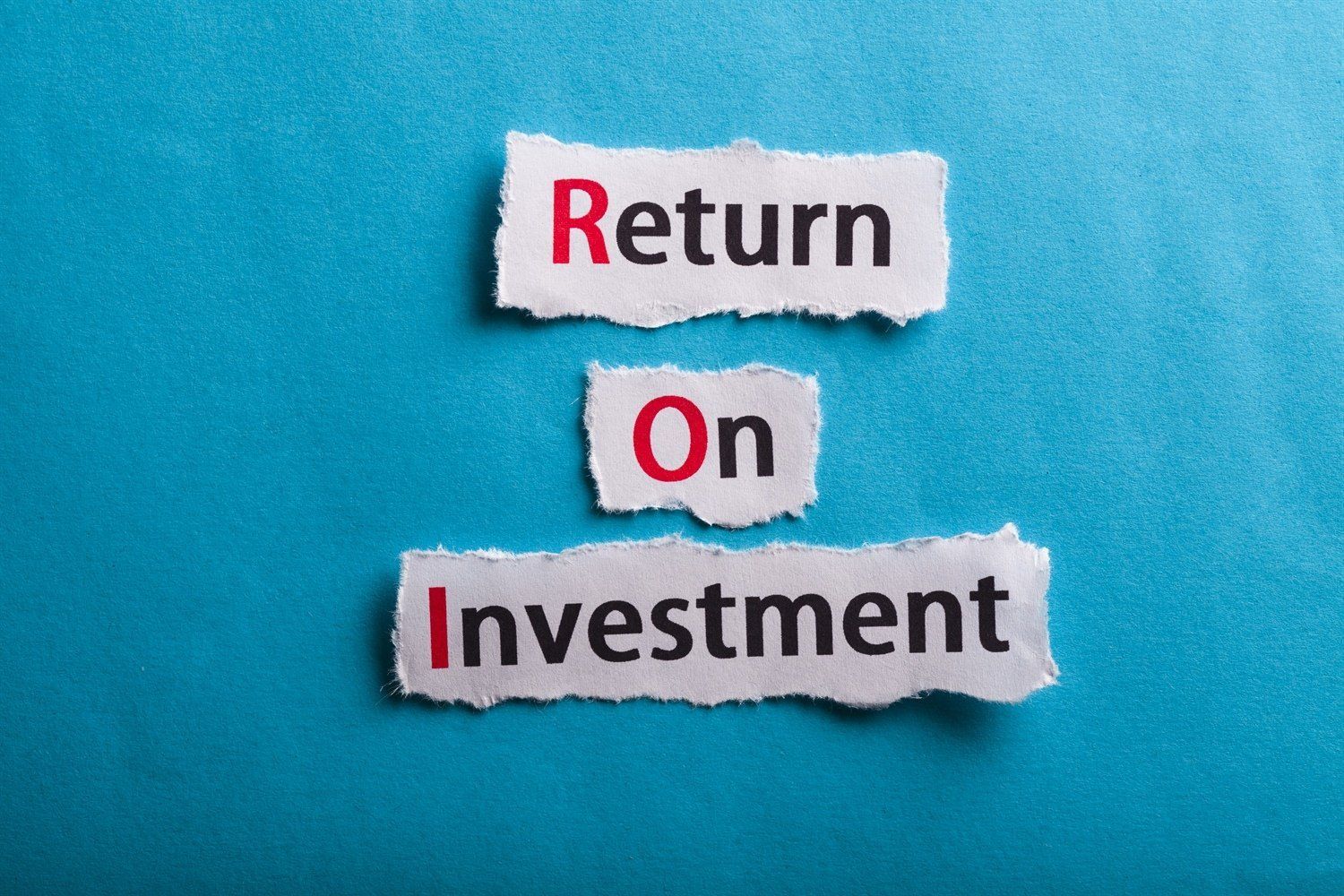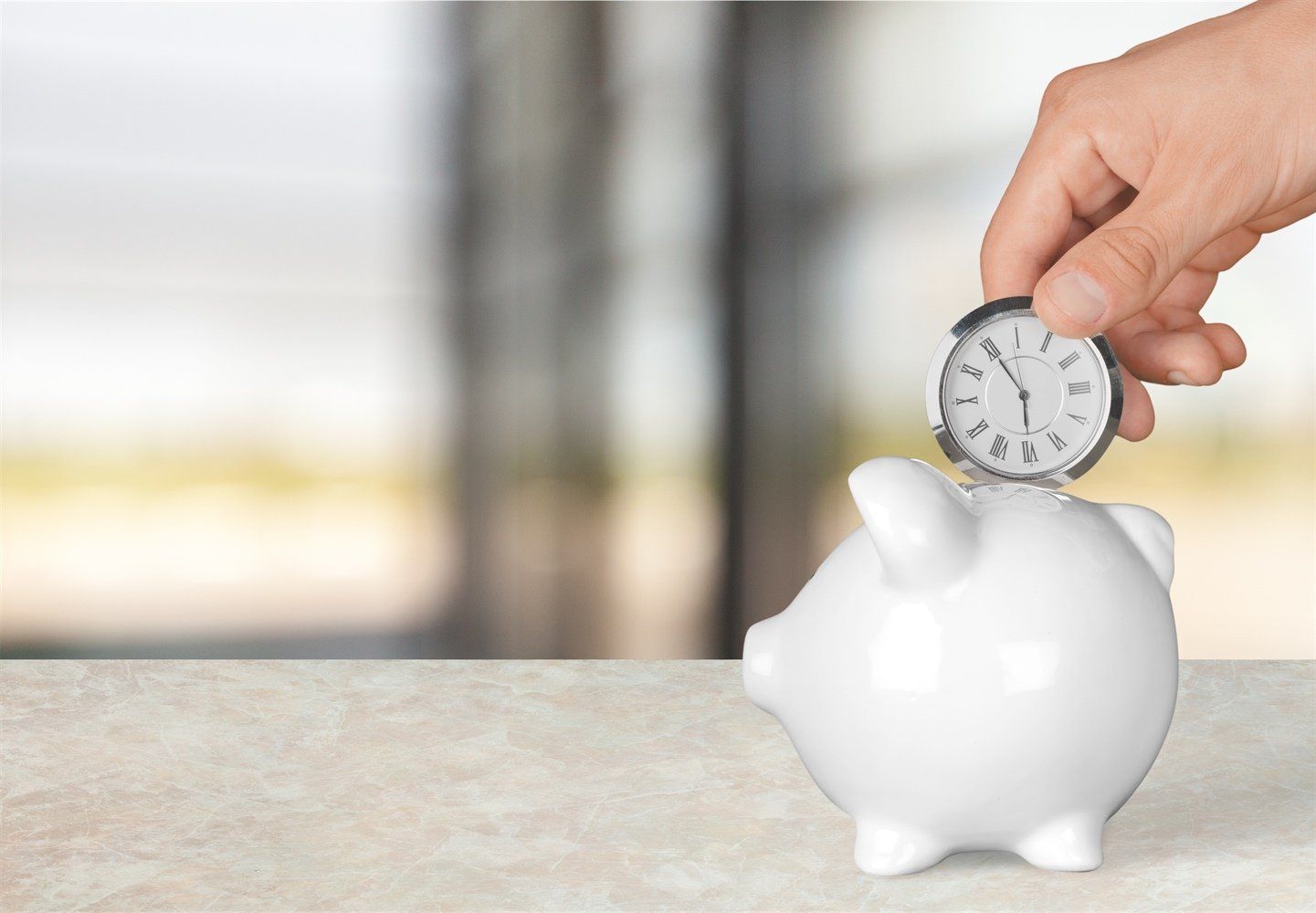Conducting Press Tours at Trade Shows
For years, multi-city press tours have been a key component in the process of introducing new products to the trade media. The concept of delivering the news in person to editors has endured even though nearly all aspects of today’s travel logistics and expenses have continued to increase in both difficulty and complexity.
The standard practice of utilizing a traveling press tour has included scheduling meetings at an editor’s home office where a supplier’s key product development and marketing experts would conduct a formal new product pitch. The somewhat formal presentation would highlight, among other issues, a new product’s unique features, its exclusive benefits, ease of operation, competitive analysis, pricing and outstanding customer value. The goal of the effort was performed with the hope of obtaining positive editorial coverage during the critical new product introduction (NPI) phase of bringing a new product to market.
Only by carefully considering and appreciating the uniqueness of the trade show environment can one begin to realize the many fantastic opportunities the medium offers the astute, motivated and intelligent manager. Once realized, accepted and acted upon, today’s trade show exhibits manager may simply have to better promote the medium to reach his/her financial and career goals.
Other objectives of the one-on-one presentation were to hopefully acquire the editor’s favorable support and, in turn coverage, of his/her findings in a future new product article, application story, product round up or at least a favorable mention in a future issue of the selected magazine.
In addition, the product marketing and public relations teams would hope to get a sense of the editor’s opinion and disposition towards allowing them to prepare their own new product feature or customer application story for publication with minimum editing. Ideas and concepts for a magazine cover or web page featured artwork or photography might also be discussed and offered at no charge to the magazine during the press tour sessions.
Domestic multi-city press tour schedules often can be grueling, time consuming and expensive. Plus, it only takes one editor to cancel a meeting at the last moment to throw the entire effort into turmoil and possibly affect the entire effort. This is especially true in those cases where products are large, difficult to handle, especially when transportation and set-up is a major undertaking.
There is little doubt that obtaining favorable press coverage when introducing a new product can be extremely beneficial to the overall success of a new product launch in the market place. However, there might be a better way to meet the press than hitting the road putting on dog and pony shows all over the country with participants feeling like members of a wandering minstrel show.
A Trade Show Press Suite Might Solve the Problem
According to Robert Galvin, President, Galvin & Associates, Public Relations, Portland, Oregon, “We have utilized the trade show press suite for many clients over the years and have found it to be much more effective, economical and successful than doing an on-the-road press tour.” Galvin continues, “The major reasons for the success of this kind of PR function is that most editors attending major trade shows have committed their limited time for show attendance and are there specifically to learn as much as possible about new products. By having editors individually meet key product developers and top management during a new product presentation within an exhibitor’s suite assures a better understanding of the product and consequently, better press coverage compared to just picking up a press kit in the press room,” Galvin adds.
If you things decide to organize a press suite at your next most important trade show, here are a few you’ll want to check into before setting this important public relations function in motion:
- At least four months before your most important trade show, telephone or E-mail all those editors at various magazines that you suspect might be important to your new product introduction and inquire if they plan to attend the trade show.
- Reserve a suite at a hotel as close to the convention center as possible where your press room will be located and send a personal invitation to each editor planning to attend the show.
- Decorate and arrange your press suite to create an environment which presents your corporation, its products and people in the most professional manner possible.
- Set-up personal meeting times using a simple day planner so each editor knows what time his/her appointment is and also offer transportation to and from the convention hall.
- Arrange to have a receptionist in the suite to check meeting schedules, answer phone calls, coordinate company personnel and communicate with your transportation driver via a walkie talkie.
- Rent a comfortable Mini-van complete with magnetic signs showing your corporate logo on the doors and provide the driver with a walkie talkie to effectively and quickly communicate with the suite to ensure accurate transportation coordination.
- Have a company representative meet the visiting editors in the hotel lobby and escort him/her to the suite making the appropriate introductions.
- Assemble new product press kits for distribution at the suite.
- Prepare the new product presenter so he/she knows what to say and how positively react to an editor’s questions, comments and concerns.
- Be prepared to demonstrate the product and show the editor how it works, what it does and what important advantages it offers customers.
- Introduce the editor to key management at the suite in hopes of favorably supporting his/her desire to learn as much as possible about the company, its people, products, business and future plans.
- One week prior to the trade show telephone, E-mail and/or send a note to all invited editors confirming their appointment time and day and provide each with the suite name and telephone number.
- Offer a selection of non-alcoholic refreshments and an assortment of finger foods.
- Coordinate transportation for editors with appointments from your exhibit on the trade show floor with your mini-van driver and establish appropriate convenient locations for pick up and return.
- Have top management available and prepared in the suite to show support and open communications with editors for future contact regarding timely business and industry issues.
- Ensure that the product people presenting the new products are well versed, brief with their remarks and very sensitive to simply answering presented questions.
- Interview each editor before ending the sessions to determine if there are any additional topics needing to be discussed or information needing to be provided at a later date.
- After the trade show contact each editor with a thank you note for their attendance and offer any additional support that might be needed in developing their post show or future stories.
- Your Public Relations Manager should be your primary contact during all phases of staging a trade show press tour.
- It should also be the responsibility of the Public Relations Manager to maintain timely contact with all visiting editors in an effort to build strong lasting relationships.
Conclusion
Making it easy and convenient for editors and product people to meet, discuss and experience new products is the first step in obtaining good media coverage. The trade show environment over the years has proven to be an excellent venue to introduce and highlight new products.
It only stands to reason that conducting a trade show press tour in a local hotel suite at a time and place where editors plan to be anyway would greatly improve the chances of obtaining excellent new product coverage, possible feature application stories or key product articles.
The trade show is the venue and your press suite is the vehicle that can deliver in three days what a press tour can’t in three months.



